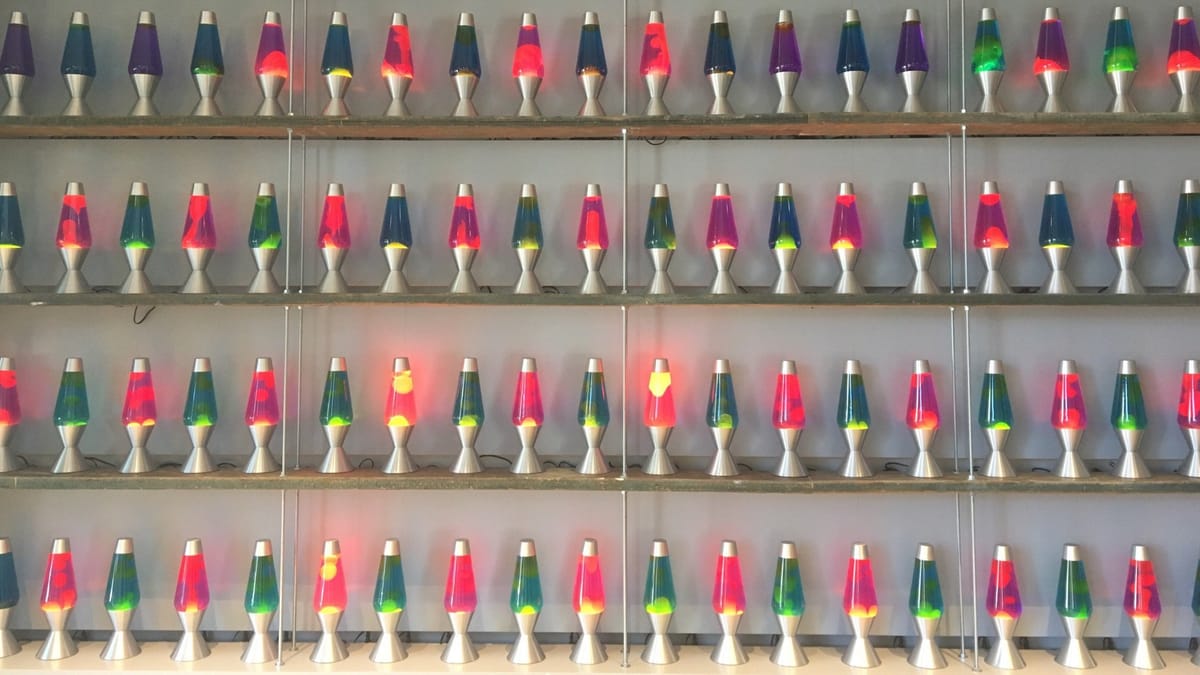How Lava Lamps Help Keep the Internet Safe, And What Internal Auditors Should Actually Care About

The Groovy Secret in San Francisco
Tucked into the lobby of Cloudflare’s San Francisco office is something out of a retro fever dream: a wall of lava lamps gently gurgling in hues of pink, orange, and psychedelic purple. Tourists snap photos. Engineers grin knowingly. And security professionals nod with respect.
But these lava lamps aren’t just quirky decor. They're a crucial part of Cloudflare’s encryption system. By capturing video of the unpredictable wax movement, the company generates real-world entropy, a core ingredient in creating cryptographic keys that keep your data safe.
Why go analog in a digital world? Because hackers can reverse-engineer software-based random number generators. But predicting how globs of wax will float? Not so easy.
Why Most Organizations Don’t Need Their Own Lava Lamp Wall
Let’s be honest. Most companies will never set up their own lava lamp wall. They rely on third-party providers for encryption and security services. And that’s perfectly reasonable.
Running your own randomness source is complicated. Mess it up, and you could break your security. Plus, lava lamps take up a lot of space and make your lobby look like a retro theme park.
Still, outsourcing entropy doesn’t mean you can ignore it. In fact, that’s where internal audit and risk teams should step in.
What Internal Auditors Should Actually Care About
1. Third-Party Due Diligence
Cloudflare makes its process public. But not all vendors do. As an auditor, you need to ask:
- How does the vendor generate randomness?
- Is the method clearly documented?
- Has it been independently validated?
- Is it aligned with standards like NIST SP 800-90 or FIPS 140-3?
Think of it like asking a restaurant how they wash their lettuce. You don’t want every detail, but you definitely want to know they do it.
2. Physical Security Still Matters
You may not have lava lamps, but your vendors probably use hardware to support cryptography, secure servers, or environmental sensors.
Questions to raise:
- Can physical tampering compromise security?
- Are facilities housing cryptographic equipment secured and monitored?
- Is access logged and restricted to authorized personnel?
Just like software, hardware can be vulnerable. And yes, lobby art can be a legitimate attack surface.
3. Continuity and Incident Response
Let’s imagine a future audit finding:
"Primary entropy source disrupted during renovations lava lamps accidentally unplugged, causing loss of randomness generation."
Funny? Maybe. But it’s a real operational risk.
Audit teams should verify:
- Are there fallback sources of randomness?
- Do vendors have continuity plans for both tech and physical systems?
- Are facility changes reviewed for security impact?
Even physical systems need digital resilience.
4. Don’t Let the “Cool Factor” Distract You From Controls
From quantum computers to radioactive decay sensors, the security world is filled with shiny things. Lava lamps included.
But your job is to look beyond the novelty:
- Is entropy quality tested regularly?
- Are logs maintained and reviewed for anomalies?
- How is data integrity verified and audited?
Cool doesn’t mean controlled. And real assurance demands evidence.
Bottom Line: It’s Not About Lava Lamps, It’s About Assurance
You don’t need a wall of lava lamps to be secure. But as an internal auditor, you do need to:
- Ask how your vendors generate and secure randomness.
- Ensure physical and operational controls are in place.
- Cut through the marketing spin and assess governance rigor.
The next time you see a lava lamp bubbling away in someone’s lobby, don’t just admire the retro vibe. Think about the randomness, the risk, and the responsibility to ask the right questions.
Now that’s groovy audit work.
Stay connected: follow us on LinkedIn and explore more at www.CherryHillAdvisory.com.


